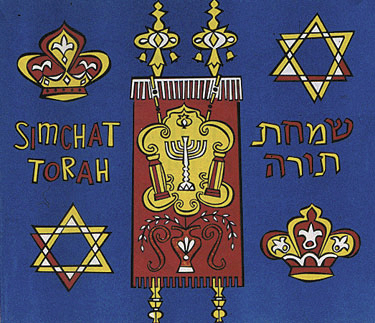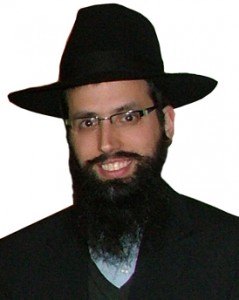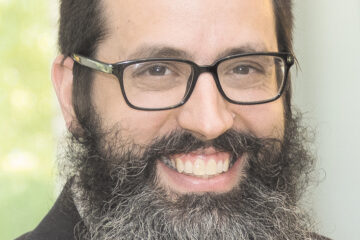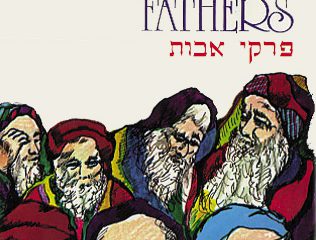Simchat Torah — culmination of the High Holy Days

By Rabbi Levi Simon, Chabad of Greater Dayton
The joy in the synagogue on the holiday of Simchat Torah eve is one that must be seen to be believed. Young and old sing, dance, and celebrate the joyous gift from God — the Torah!
Simchat Torah takes place at the end of the month of Tishri, a month chock full of holidays, beginning with the solemn High Holy Days, continuing with Sukkot (the Feast of Tabernacles), and ending with the holidays of Shemini Atzeret (Eighth Day of Assembly) and finally, Simchat Torah (Celebrating the Torah).
In Judaism, we always strive to be ma’alin bakodesh, to increase in holiness, to move upward and onward.
How do we understand Simchat Torah, a holiday of dancing and rejoicing with the Torah, as being able to bring all of our prayers from the High Holy Days and Sukkot to a climax?
Chassidut, Jewish mystical tradition, explains that the High Holy Days season follows a progression. It is introduced by the month of Elul, a month of introspection, when we reflect upon our thoughts, speech and deeds of the year gone by and resolve to strengthen the good and improve what needs improving.
Rosh Hashanah is the Day of Judgement when our fate and that of all of Hashem’s (God’s) creations is determined for the coming year.
The Ten Days of Repentance follow, in which we strengthen our efforts to assure a good outcome, concluding on Yom Kippur when it is assured that a verdict of a good, sweet New Year has been sealed.

The spiritual accomplishments of Rosh Hashanah and Yom Kippur are brought down from the intangible to the revealed through sitting in the Sukkah and waving the lulav and etrog, and finally integrated fully when we are so certain and so happy that we just can’t sit still and we dance with the Torah on Shemini Atzeret and Simchat Torah.
The spiritual service of the month of Tishri is also symbolized by the second set of Ten Commandment tablets, received by Moses on Yom Kippur.
These replacement tablets had been given after the Jews did teshuvah (repentance) for the sin of the Golden Calf, and Moses had beseeched God on their behalf. They are considered holier than the first tablets, given on Shavuot, the Giving of the Torah.
Why? The first time around, the Torah had been given as a gift from God, without much initiated effort on the part of the Jews. The second tablets were given after the Jews exerted effort demonstrating their love of the Torah.
Only when one has worked at something and has striven mightily to obtain it will one be truly joyous at arriving at its conclusion. Similarly, the fullest measure of joy with the Torah is reached on Shemini Atzeret and Simchat Torah when we conclude reading the Torah that we have studied: Torah understanding acquired through our own toil and effort.
Shemini Atzeret and Simchat Torah are the culmination of the High Holy Days season; on this day all the month’s events and spiritual accomplishments — including the giving of the second Ten Commandments tablets on Yom Kippur — are absorbed and internalized within each and every one of us.
On Simchat Torah we attain the apex of joy. It is the nature of a joyous temperament and happy mood to disregard limitations and restrictions and to break out and rise above set boundaries.
Consequently, everything we do on Simchat Torah in the spirit of joy has the power to help us internalize the spiritual accomplishments of the preceding month and integrate them into regular positive daily action in an unlimited manner.
The overwhelming joy of Simchat Torah can break all limitations and ensure a year full of blessings for health, wealth, and family satisfaction for each and every one of us and for the Jewish people as a whole.
To read the complete October 2018 Dayton Jewish Observer, click here.




